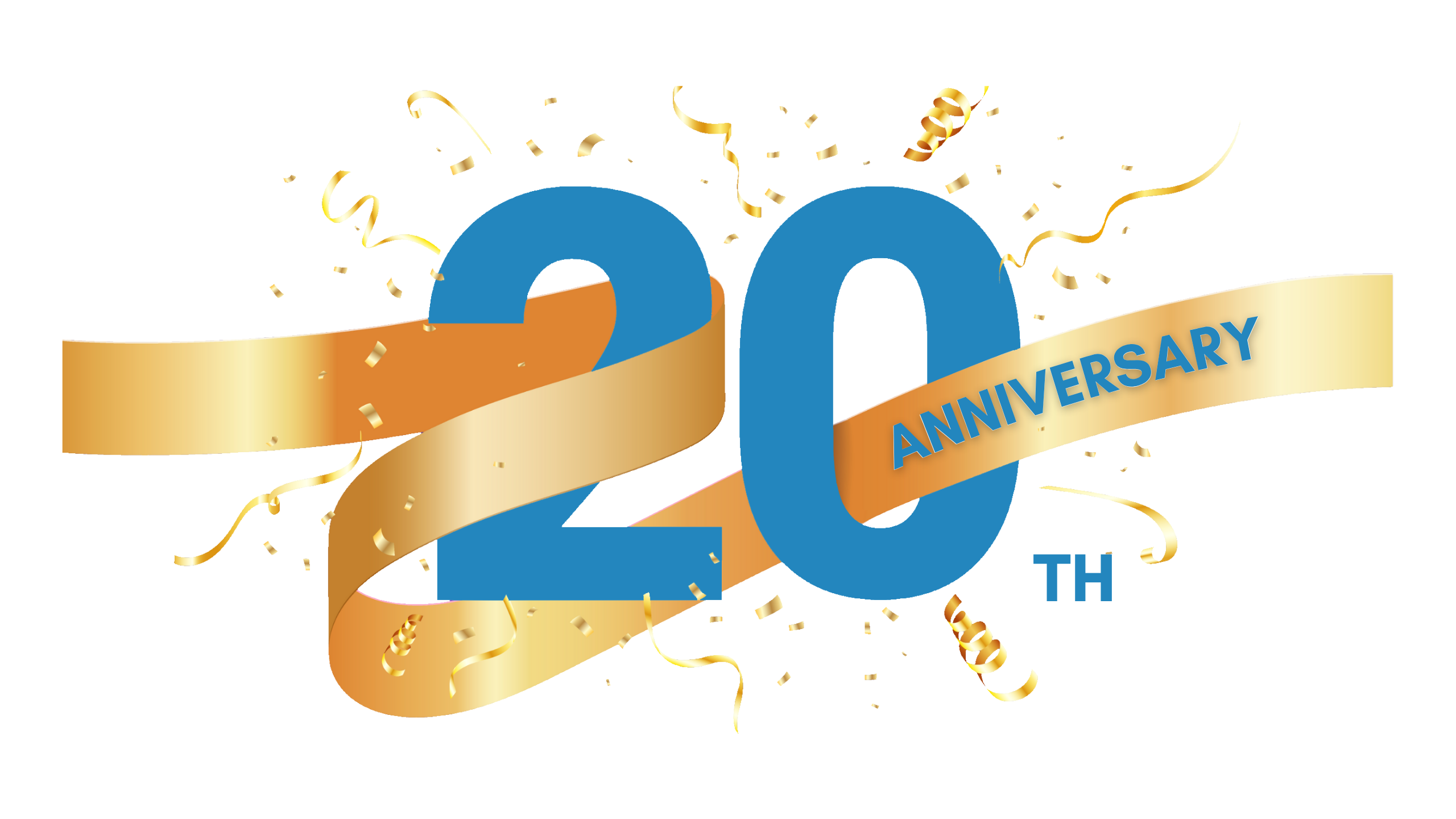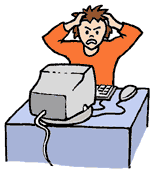* Terms and Conditions apply.


Finding a solution to a problem involves constructing a course of action that will transform your current situation into one where your objective has been achieved. Some problems require no further analysis once they have been defined effectively. If the definition confirms that it's a common or routine problem, such as the failure - of a component in a manufacturing plant or a situation requiring disciplinary action, it can be solved by implementing the appropriate standard solution.
Less common and more complex problems require further analysis. Even though the definition may have given you clues to some possible solutions, you should explore all the possibilities. There is considerable overlap between the stages involved but the process of finding solutions can be represented as a cycle.

If you have, not already done so, at this stage you mustdecide who else should be involved in solving the problem and in what way. This may be people involved with or affected by the problemf with experience of, or an interest in, this type of situation; the relevant knowledge, or with good problem solving skills.
The five stages of this problem solving process are:
1. Identifying the relevant information
2. Collecting and recording the information
3. Prepresenting the information
4. Deciding criteria of effectiveness
5. Constructing courses of action
Identifying the relevant information
The purpose of this stage is to give structure to your search for information and ideas relevant to the problem. You need to decide what information you require, where you can find it, and how you can gather it most effectively. With open-ended problems this information will help you to deal with obstacles and find ways to achieve your objectives. For closed problems you need information which will help you to clarify the problem, identify the cause, and suggest possible solutions

If you have defined the problem adequately you will already have some of the information required, based on who and what is involved. Your objectives, any obstacles, and your description of the current and desired situations will help you to identify the type of information you require and possible sources. In the case of closed problems you would look first at your answers to the questions in the Kepner-Tregoe analysis and any possible causes which they suggest.
Two other useful sources of information are past experience of similar problems and people involved with or affected by the problem who may have relevant information. It's vital to distinguish between facts, ideas, needs, opinions and prejudices, although you must not ignore any information relevant to the problem. If several people express the same need, for example, collectively it may represent an important fador in finding an effective solution.
Your information must be relevant to the problem, accurate and preferably quantified. Ultimately, you need to answer the following questions:
As you answer these questions you should draw up a list of the specific information you require, where you can find it, and how you can gather it most effectively.
It's often difficult to recall from memory all the important factors relating to a particular problem. You can use many of the creative techniques described in the next few articles to help you identify relevant information and the possible causes of closed problems.
Collecting and recording the information
Information should be gathered and recorded systematically, starting with that which is going to take the longest time to collect, eg advice from an outside expert. The information should be recorded as it is gathered and not left to the memory. Any information you have not gathered yourself should be verified eg finding out the original source of the information and how it was collected. It's particularly important to verify quantified data.
Apart from any errors you may make in the collection and analysis of information, numerical and statistical data can be manipulated by others to serve their own interests. You must ensure that the way information is presented to you reflects the true situation and that any conclusions offered about its relevance are accurate and logical.
Representing the information
Information relevant to the problem now needs to be organised into a meaningful pattern. With complex problems it's impossible to hold all the information in your mind and to think about it dearly. Even with simple problems it's invaluable to have a tangible representation or model of the problem which gives structure to the information. Various types of model are described in later articles. These help to
At this stage you should have a detailed understanding of the problem. If you are dealing with a closed problem you should have a list of possible causes, together with all the information supporting or refuting each cause.
To identify the real cause of the problem you test each possible cause against the effects noted in your analysis. By a process of elimination the real cause is identified as the one which has precisely the same effects as those which have occurred. If none of them fits precisely it means that either your definition is inadequate or you need to look for other causes.
Defining criteria of effectiveness
Before looking for solutions to a problem it is important to decide what will constitute an effective solution. This involves compiling a detailed list of the characteristics of what you want to achieve and of the factors which must be taken into account in achieving that objective, ie an 'ideal' solution. These criteria of effectiveness give direction to your search for solutions, telling you whether you are on the right track, and will help you later to measure the relative effectiveness of your solutions.
Some of the information you need, though generally not all of it may be stated in the problem definition. You need to consider a complex mixture of factors. An 'effective' solution must
Some of these factors, such as the risks involved, can only be defined accurately when you have found a specific course of action, although your knowledge of the background to the problem situation should give. you some guidance. Other factors, such as cost constraints, can be defined broadly before you look for solutions, even though later you may futd a solution offering benefits which warrant changing the constraints.
At this stage of problem solving these criteria only serve as a guide in finding solutions which fit the circumstances and are likely to succeed. You must not allow them to inhibit your search for solutions.
Constructing courses of action to solve the problem
Finding possible solutions now involves constructing courses of action which meet your criteria of effectiveness as closely as possible. Ineyitably, different approaches to solving a problem will provide different mixes of advantages and disadvantages.
Although your ideas must eventually meet your criteria of effectiveness, these can inhibit idea generation. The best approach is to create as many ideas as possible for achieving each of the changes required and only test them against these criteria once you have explored all the possibilities.
There are basically five sources of ideas for solving a problem and you should use as many of them as possible:
As you search for solutions, answering the. following questions will help you to explore all the possibilities:
Each action that you propose will be intended to achieve a particular effect. In doing so it may also have side-effects which can be desirable or undesirable.If possible you should build into your solution ways to minimise undesirable side-effects and to take advantage of the desirable ones
As you build up different plans of action you can use an appropriate model to represent how each action contributes to achieving your overall objective. Models also help you to predict the effects of various actions and to see how they interact. It's important that the actions form a coherent strategy for tackling the problem. When several actions have to run consecutively, for example, you need to ensure that together they will meet any time constraints which exist.
Once you have constructed a range of possible solutions you need to consider what could influence their effectivenessego
Answers to these questions will help you to modify your solutions to minimize the chances of them failing and to optimise their benefits. When you have a number of solutions which you feel could achieve your objective effectively you have to evaluate them.
Remember
Read the next article: The Road to a Solution - Using models to represent a problem